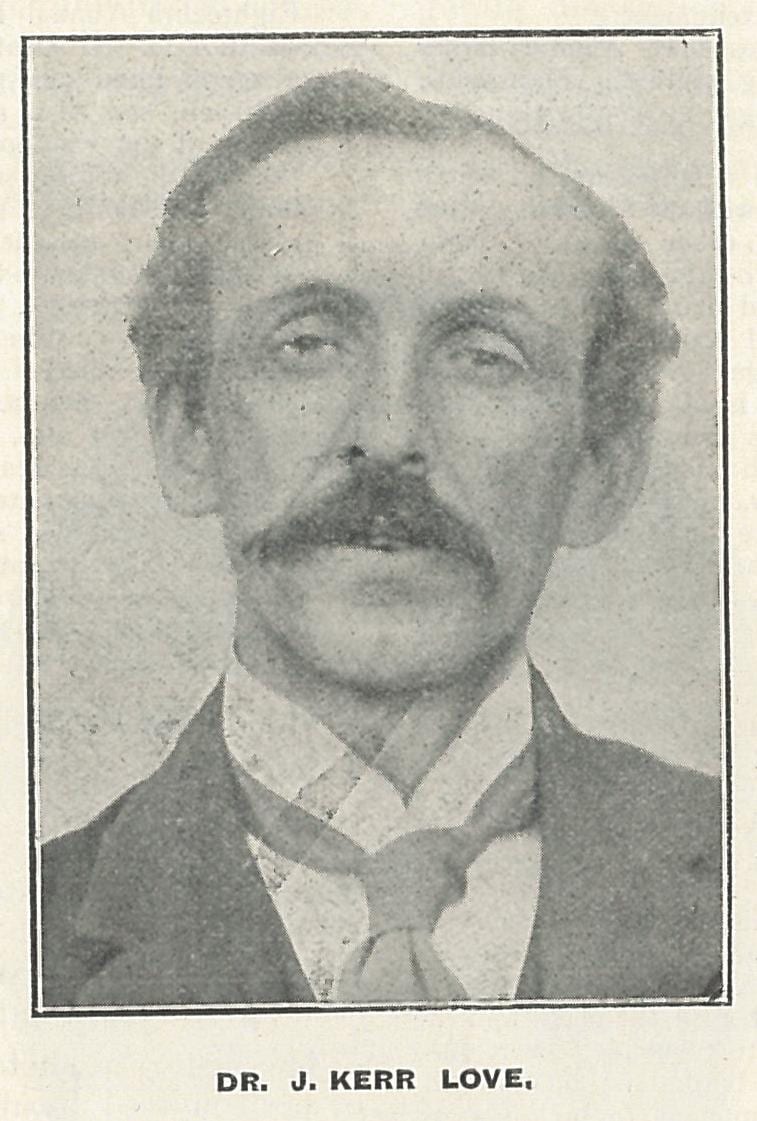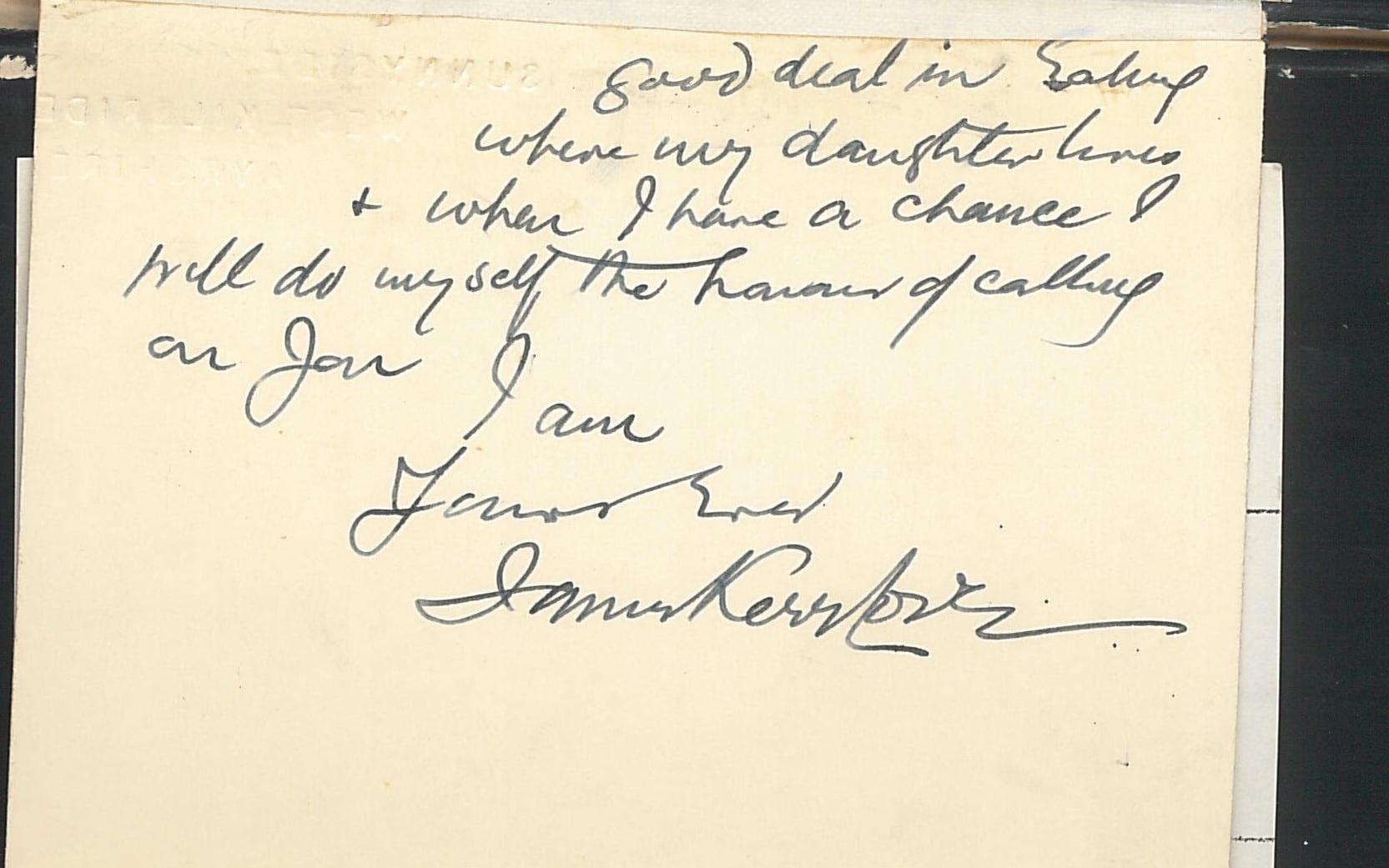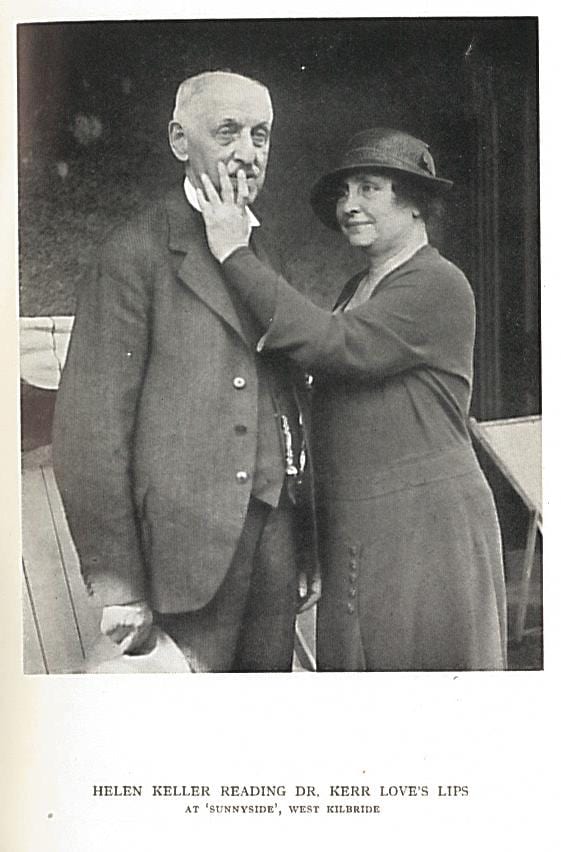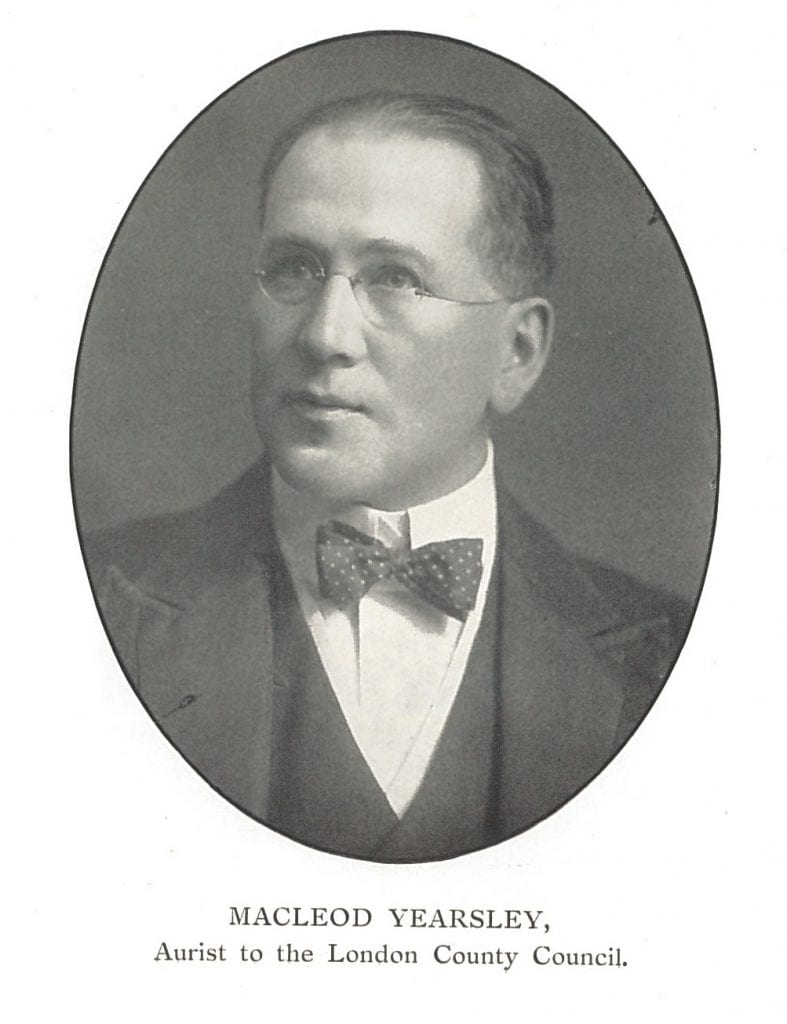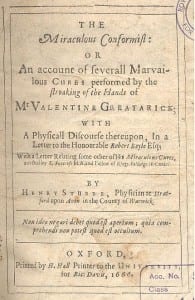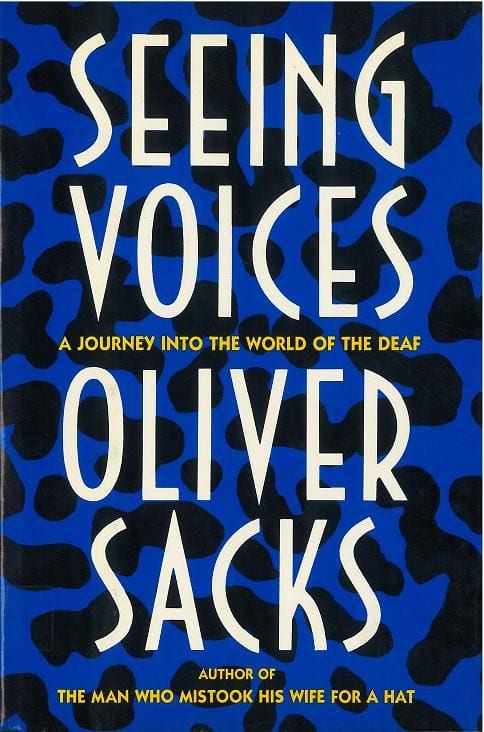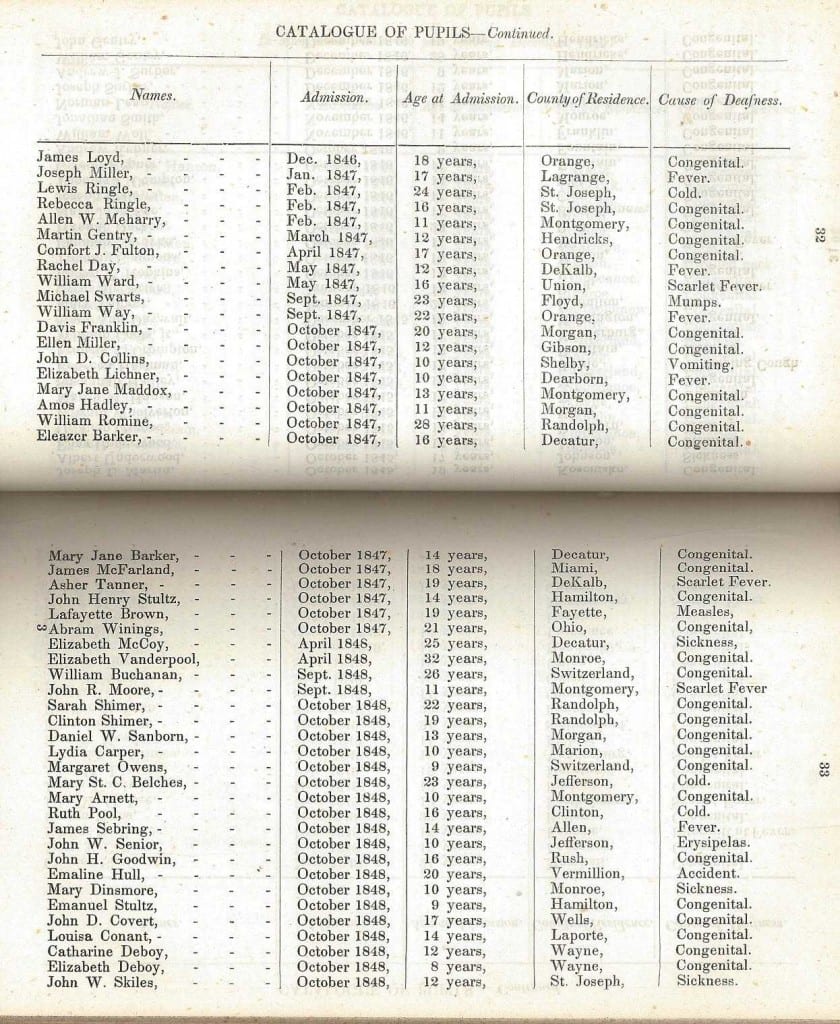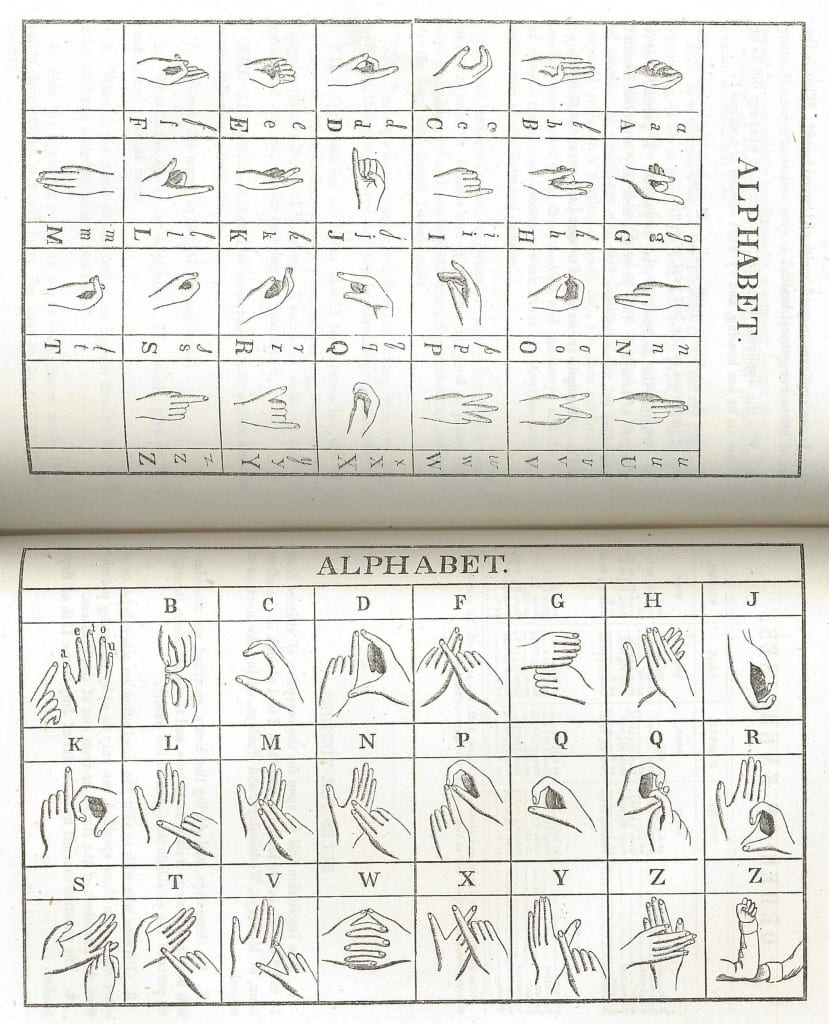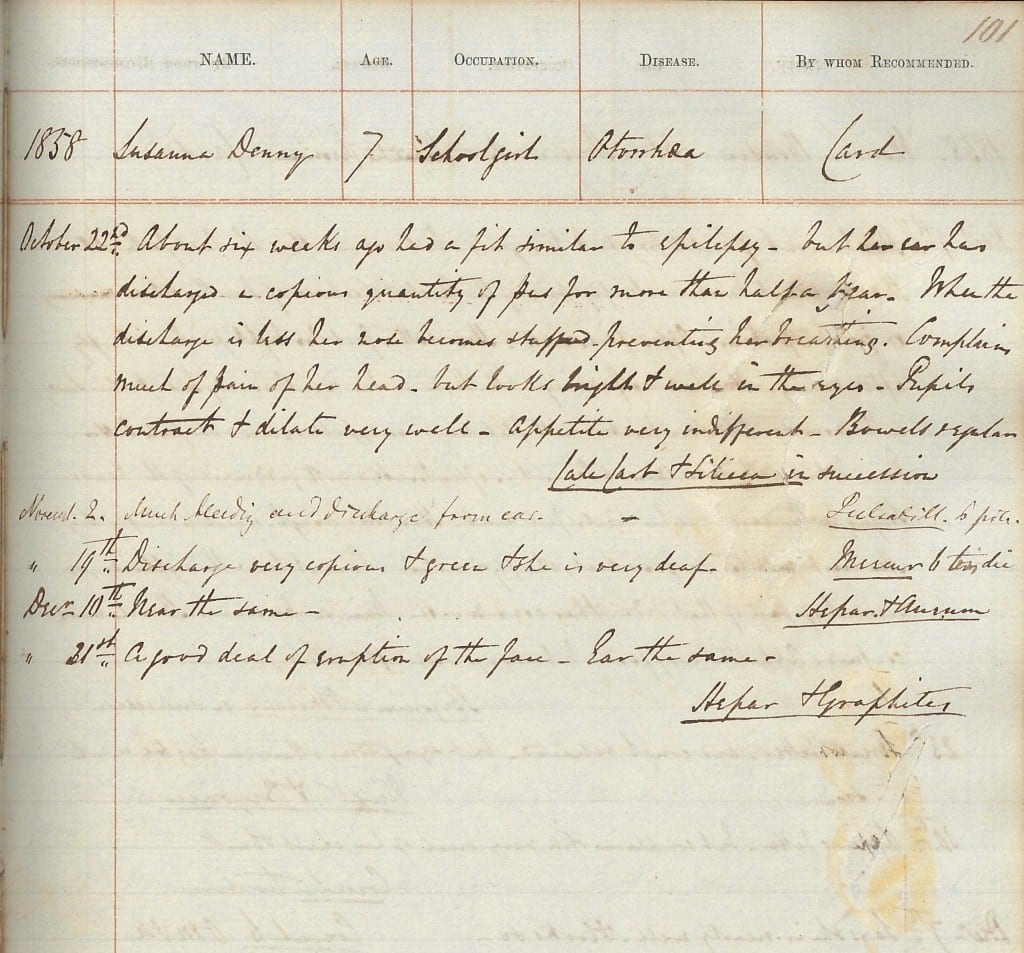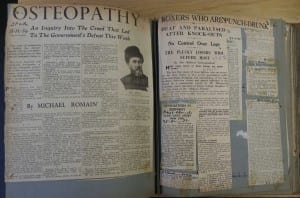Wind turbines and sleep – a short literature search
By H Dominic W Stiles, on 7 September 2016
After tweeting a recent article on wind turbine noise and sleep (the third below) I thought it might be timely to look at some recent articles in Medline. Some of these are freely available – follow the links to PubMed to see the abstracts or the articles where available. It will not have escaped some of you that wind turbines can also affect wildlife. There is one particular article just out that surveys the literature with regard the cetaceans, freely available, Consolidating the State of Knowledge: A Synoptical Review of Wind Energy’s Wildlife Effects.
As ever, when you consider how valuable an article it is, examine it critically, for example sample size, whether it is original research or a review article, and so on. This wiki page may help if you are new to this.
Jalali L, Nezhad-Ahmadi MR, Gohari M, Bigelow P, McColl S. The impact of psychological factors on self-reported sleep disturbance among people living in the vicinity of wind turbines. Environ Res. 2016 Jul;148:401-10. doi: 10.1016/j.envres.2016.04.020. Epub 2016 Apr 29.
Kageyama T, Yano T, Kuwano S, Sueoka S, Tachibana H. Exposure-response relationship of wind turbine noise with self-reported symptoms of sleep and health problems: A nationwide socioacoustic survey in Japan.Noise Health. 2016 Mar-Apr;18(81):53-61. doi: 10.4103/1463-1741.178478.
Michaud DS, Feder K, Keith SE, Voicescu SA, Marro L, Than J, Guay M, Denning A, Murray BJ, Weiss SK, Villeneuve PJ, van den Berg F, Bower T. Effects of Wind Turbine Noise on Self-Reported and Objective Measures of Sleep.Sleep. 2016 Jan 1;39(1):97-109. doi: 10.5665/sleep.5326.
Abbasi M, Monazzam MR, Akbarzadeh A, Zakerian SA, Ebrahimi MH. Impact of wind turbine sound on general health, sleep disturbance and annoyance of workers: a pilot- study in Manjil wind farm, Iran. J Environ Health Sci Eng. 2015 Oct 12;13:71. doi: 10.1186/s40201-015-0225-8. eCollection 2015.
Feder K, Michaud DS, Keith SE, Voicescu SA, Marro L, Than J, Guay M, Denning A, Bower TJ, Lavigne E, Whelan C, van den Berg F. An assessment of quality of life using the WHOQOL-BREF among participants living in the vicinity of wind turbines.Environ Res. 2015 Oct;142:227-38. doi: 10.1016/j.envres.2015.06.043. Epub 2015 Jul 11.
Onakpoya IJ, O’Sullivan J, Thompson MJ, Heneghan CJ. The effect of wind turbine noise on sleep and quality of life: A systematic review and meta-analysis of observational studies.Environ Int. 2015 Sep;82:1-9. doi: 10.1016/j.envint.2015.04.014. Epub 2015 May 16. Review.
Schmidt JH, Klokker M. Health effects related to wind turbine noise exposure: a systematic review.PLoS One. 2014 Dec 4;9(12):e114183. doi: 10.1371/journal.pone.0114183. eCollection 2014. Review.
Magari SR, Smith CE, Schiff M, Rohr AC. Evaluation of community response to wind turbine-related noise in western New York state.Noise Health. 2014 Jul-Aug;16(71):228-39. doi: 10.4103/1463-1741.137060.
Knopper LD, Ollson CA, McCallum LC, Whitfield Aslund ML, Berger RG, Souweine K, McDaniel M. Wind turbines and human health.Front Public Health. 2014 Jun 19;2:63. doi: 10.3389/fpubh.2014.00063. eCollection 2014. Review.
Pawlaczyk-Łuszczyńska M, Dudarewicz A, Zaborowski K, Zamojska-Daniszewska M, Waszkowska M. Evaluation of annoyance from the wind turbine noise: a pilot study. Int J Occup Med Environ Health. 2014 Jun;27(3):364-88. doi: 10.2478/s13382-014-0252-1. Epub 2014 May 13.
Rubin GJ, Burns M, Wessely S. Possible psychological mechanisms for “wind turbine syndrome”. On the windmills of your mind.Noise Health. 2014 Mar-Apr;16(69):116-22. doi: 10.4103/1463-1741.132099.
Roberts JD, Roberts MA. Wind turbines: is there a human health risk? J Environ Health. 2013 Apr;75(8):8-13, 16-7.
Hume KI, Brink M, Basner M. Effects of environmental noise on sleep. Noise Health. 2012 Nov-Dec;14(61):297-302. doi: 10.4103/1463-1741.104897. Review.
Nissenbaum MA, Aramini JJ, Hanning CD. Effects of industrial wind turbine noise on sleep and health. Noise Health. 2012 Sep-Oct;14(60):237-43. doi: 10.4103/1463-1741.102961.
Chapman S. Editorial ignored 17 reviews on wind turbines and health. BMJ. 2012 May 15;344:e3366; author reply e3367. doi: 10.1136/bmj.e3366. No abstract available.
Bakker RH, Pedersen E, van den Berg GP, Stewart RE, Lok W, Bouma J. Impact of wind turbine sound on annoyance, self-reported sleep disturbance and psychological distress. Sci Total Environ. 2012 May 15;425:42-51. doi: 10.1016/j.scitotenv.2012.03.005. Epub 2012 Apr 3.
Shepherd D, McBride D, Welch D, Dirks KN, Hill EM. Evaluating the impact of wind turbine noise on health-related quality of life.Noise Health. 2011 Sep-Oct;13(54):333-9. doi: 10.4103/1463-1741.85502.
Knopper LD, Ollson CA. Health effects and wind turbines: a review of the literature. Environ Health. 2011 Sep 14;10:78. doi: 10.1186/1476-069X-10-78. Review.
Pedersen E, Persson Waye K. Wind turbine noise, annoyance and self-reported health and well-being in different living environments. Occup Environ Med. 2007 Jul;64(7):480-6. Epub 2007 Mar 1.
 Close
Close


